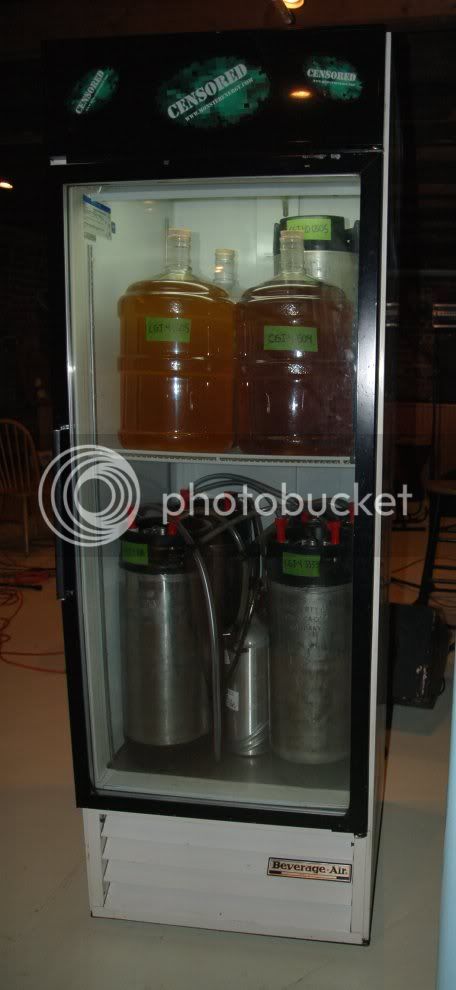CvilleKevin
Well-Known Member
motobrewer - I have never found aeration necessary for cider and suspect that it would increase the likelihood of picking up acetobacter, so I dont do it.
smyrnaquince - interesting... I've had OK results with 71B but not with the WLP720, which I think goes to show that it is all somewhat juice dependent, although I got the same good results (if you like it dry) with the D47.
The ale yeasts are probably not the best for taking to dryness. I tried this with five keg batches three years ago, using S04, Notty and US05. Three ciders and two cysers. They were undrinkable for well over a year. By the 2nd year, they were OK for dry ciders. I still have some left in the kegs and break them out now and then for parties. Wine drinkers like them a lot, but obviously not that much because there is still some left.
I like to have at least one dry cider on tap for a party but aside from those 5 batches I did in 2008, I havent intentionally fermented a cider to dryness in the past 10 years (although I've unintentionally fermented plenty to dryness). S04 makes a great dry cider if you catch it around 1.002, at which point you would swear it is dry by the taste and finish, but it has a lot more flavor than truly dry.
How was the finish on your S04? In my experience, if the cider has a decent finish, then it will almost always get better with age.
I believe the best dry cider I've made was with 3056 yeast last year. I usually crash this yeast at 1.010 or higher, but I waited too long and didnt catch it til 1.002. At first it didnt have much taste, but it had a nice tail. Five months later it was really nice. I tapped the keg at a party and it floated before several of the sweet ones, which really surprised me because normally the dry cider dont get much love from my friends.
smyrnaquince - interesting... I've had OK results with 71B but not with the WLP720, which I think goes to show that it is all somewhat juice dependent, although I got the same good results (if you like it dry) with the D47.
The ale yeasts are probably not the best for taking to dryness. I tried this with five keg batches three years ago, using S04, Notty and US05. Three ciders and two cysers. They were undrinkable for well over a year. By the 2nd year, they were OK for dry ciders. I still have some left in the kegs and break them out now and then for parties. Wine drinkers like them a lot, but obviously not that much because there is still some left.
I like to have at least one dry cider on tap for a party but aside from those 5 batches I did in 2008, I havent intentionally fermented a cider to dryness in the past 10 years (although I've unintentionally fermented plenty to dryness). S04 makes a great dry cider if you catch it around 1.002, at which point you would swear it is dry by the taste and finish, but it has a lot more flavor than truly dry.
How was the finish on your S04? In my experience, if the cider has a decent finish, then it will almost always get better with age.
I believe the best dry cider I've made was with 3056 yeast last year. I usually crash this yeast at 1.010 or higher, but I waited too long and didnt catch it til 1.002. At first it didnt have much taste, but it had a nice tail. Five months later it was really nice. I tapped the keg at a party and it floated before several of the sweet ones, which really surprised me because normally the dry cider dont get much love from my friends.
































![Craft A Brew - Safale S-04 Dry Yeast - Fermentis - English Ale Dry Yeast - For English and American Ales and Hard Apple Ciders - Ingredients for Home Brewing - Beer Making Supplies - [1 Pack]](https://m.media-amazon.com/images/I/41fVGNh6JfL._SL500_.jpg)


























